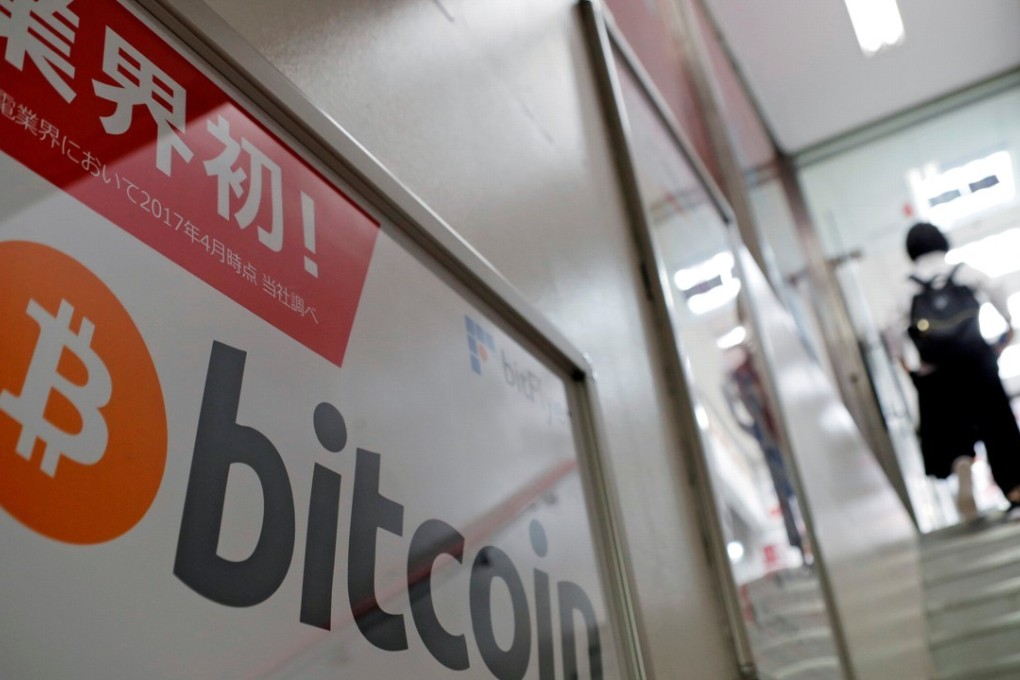Bitcoin falls close to US$6,000 after EU rules against leveraged trading
Concerns grow that Asian regulators would mirror Brussels and cut leverage levels

Bitcoin traded down at US$6,617 on the first-day of the long Easter weekend on Friday – its lowest-level since February 6 when it broke below US$6,000, as new European Union (EU) rules aimed at reducing leveraged trades offered by brokers prompted a widespread sell-off on fears of similar measures being launched in Asia.
Earlier this week, the European Securities and Markets Authority (ESMA) issued a set of product intervention rules that will drastically cut leverage limits for cryptocurrencies to 2 times for retail investors, which are being offered by brokers through a derivative called contracts for differences (CFD).
Traders said that represents a drastic cut from what typically would be 15 times leverage being offered by major exchanges, such as those in Japan, and brokers.
“Leverage has been a big driver for bitcoin trading. US$6,000 is a key psychological level, and if we broke it (again) then bitcoin would be poised for a further downward side, which I wouldn’t be surprised might eventually hit US$2,500,” said Stephen Innes, head of Asia-Pacific trading for online currency trading platform Oanda.